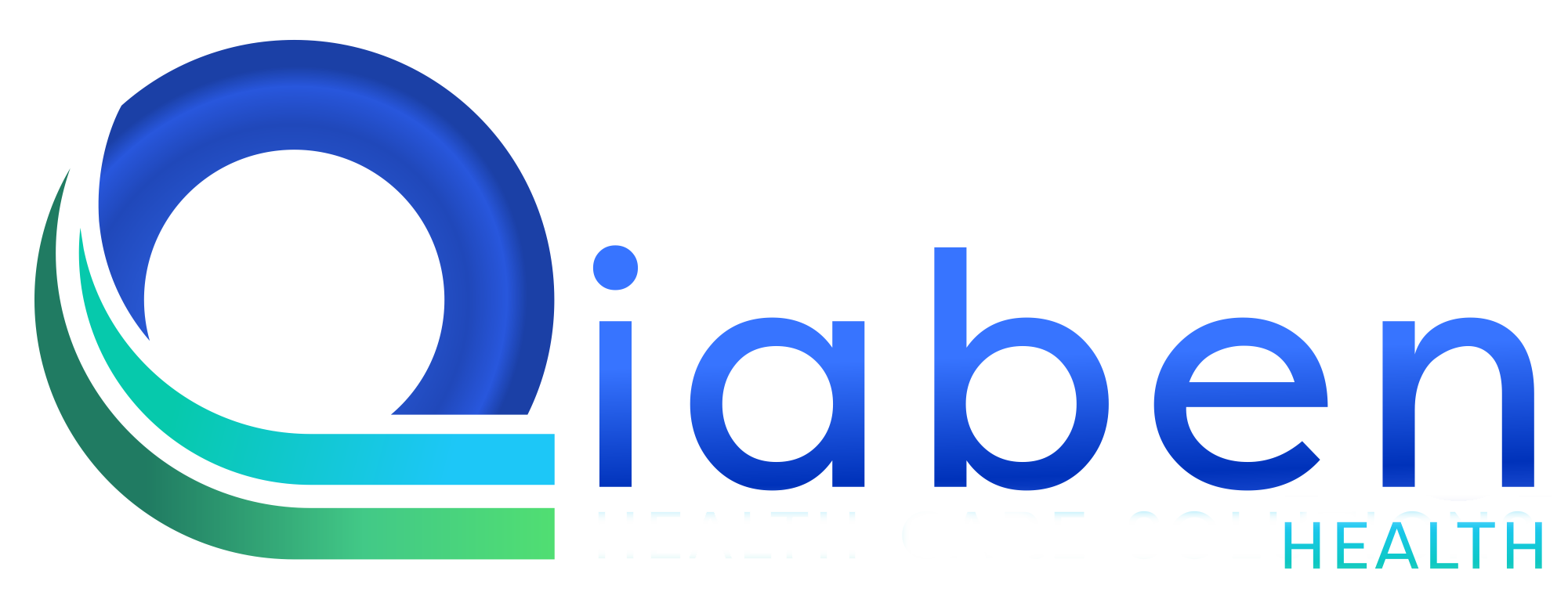One of the primary effective steps in the medical billing process is insurance verification. It ensures that the benefits and coverage are available to the patient before he or she will receive medical attention. It is carried out to prepare for insurance reimbursements and minimize adverse reimbursement situations. Know more.
 Why is there a need for in the medical billing process?
Why is there a need for in the medical billing process?Verification of patients insurance coverage is the most significant process of the process of billing for the following emphasis:
- Minimize denials and rejections.
- Enable correct billing.
- Protect the unnecessary expenses of patients.
- Enhance revenues and cash flow.
- Fulfil medical insurance requirements.
- Decrease administrative hassles.
- Increase the satisfaction level of patients.
1. Minimize Denials and Rejections:
Denials of Claims: When insurance has not been verified, many claims could be denied for several reasons – inactive policies, lack of coverage, or incorrect details about the insurance plan. It assures that the patient is entitled to the reimbursable medical service and thus reduces the chances of claim denial. It is crucial to scan and confirm insurance before any services are extended.
Assures Precise Invoicing: Co-insurance, co-pays, and deductibles: This is done to determine the patient’s financial responsibility concerning co-pays, deductibles, and co-insurance payments. It will help eliminate loss and assist the healthcare professional in receiving the right amount after rendering the service.
Covered Services: The insurance coverage may be verified by the provider to ensure that services offered are included in the patient’s insurance plan.
2. Prevent Unnecessary Costs for Patients:
Patient Responsibility Awareness: It enables patients to be made aware by the health care providers about their insurance coverage and what charges if any, they will be responsible for paying additional to the insurance coverage.
Avoidance of Noncovered Services: It is possible that some procedures or services might not be reimbursable by the insurance. Insurance verification deters such activities by restricting the provision of non-covered services unless the patient approves to pay cash for those services.
3. Improvement of Cash Flow and Revenue Cycle:
Faster Reimbursement: Optimal insurance verification will facilitate faster payment since all claims will be correctly done and presented at once. It improves the overall revenue cycle, especially through the reduction of the time taken to execute the redoing of claims.
Reduced Payment Delays: Misrepresentation of the information or even provision of insufficient information will cause the claims process to take much longer than intended, which is likely to be harmful to the flow of cash. Guaranteed verification aids mainly in repaying invoices in due time and eliminating stagnation.
4. Compliance with Insurance Policies:
Pre-authorization requirements: In certain cases, where treatment or services have been mandated, call for pre-approval permission or justification from a patient’s insurance company. Engaging in this effort is worth it to ensure that any required authorization is obtained so that refusal due to the absence of pre-approval is avoided.
Plan-Specific Coverage Rules: Each health insurer’s policy outlines the services that will be covered with the necessary approvals beforehand. Verification ensures that the provider complies with the said policies as at such time there are no such claims for some wrongful actions. Verification makes sure the provider conforms to these policies to help avoid claims for such violations.
5. Reduces Administrative Burden:
Fewer Billing Errors: Evidence of the patient’s insurance elicits verification and diminishes the chances of errors that will occur during billing procedures. This lessens the level of administrative burden that personnel have to go through to correct or refile an appeal.
6. Improves Patient Satisfaction:
Effective Communication: Trusting patients and improving their experience as well as siting information regarding their benefits, coverage, or out-of-pocket expenses before providing the treatment.
Reduced Financial Burden: Such verification avoids situations where patients receive bills for services for which they are insured only to realize that such services are not covered by their insurance.
What are the steps?
In general, HI Solutions’ purview over the insurance verification process entails lines of processes and automated systems that enable the activities to flow better. Below are the processes that healthcare solutions need to undertake and manage:
1. Automated Patient Information Collection
Electronic Health Record (EHR): It can be observed that healthcare service providers efficiently use EHR systems to collect patient information.
Online Registration Portal: Patients can enter their insurance information on the respective portal and the data entered is saved on the system.
2. Insurance Verification tools by Integrated terminating tools:
Real-time Verification: Out of the patient’s provisions, this activity approves the channels that guarantee the member insurance plan. Healthcare solutions give real-time verification by directly linking patient insurance provider databases.
Eligibility Verification: The institute will ascertain the patient’s entitlement for the covered services which shall include but not be limited to their insurance plan status,
• Type of coverage (e.g. HMO, PPO, EPO )
• Beginning and ending dates of coverage
• Services to be provided
• Co-pays, co-insurance, and deductibles
• Specific services with something like maximums or caps on certain services
3. Pre-Authorization and Pre-Certification:
Automated Authorization Requests: At times, the system can alert that a service under consideration requires pre-authorization and hence obtains an option of sending self-pre-certification requests to the health insurance company.
Tracking Authorization Status: The health care solutions platform tracks the status of pending authorizations and indicates to staff when the pending authorizations require additional documentation or approvals.
4. Integration with Billing System:
Claims and Coding Integration: Following a careful verification of the insurance, this information will be processed in the billing and coding departments. This reduces the chances of errors during manual entries and increases the time of submission of the claims.
Denial Management: When the services are about to be given, the system gives notifications to the users where there are delays in making payment in the presence of certain events, (for example, the patient has no insurance or does not have active insurance cover). This helps avoid the complications.
5. Patient Communication:
Automated Notification: Other than the steps of ensuring the patients, the healthcare solutions will follow with email, text, or portals to patients and inform them of the covered or not covered services, any co-pay, or additional services that will be charged.
Pre-Appointment Estimates: The patients are likely depending on the insurance will be given the estimates of costs that will be incurred where only a fraction would be out of pocket.
6. Compliance and Data Security:
HIPAA Compliance: The handling of insurance and patient-related information will not be breached but extended with the use of healthcare solutions that will help to protect data, as all details and activities will be performed as per HIPAA regulations.
Audit Trials: To promote oversight and accountability, there is a provision within the system that allows for the documentation of any details related to logs and audit trails of all verification processes and their related actions.
7. Ongoing Monitoring and Updates:
Insurance Plan Changes: In the case, that a patient modification of the insurance policy has taken place, immediate messages about the legal changes and updates are dispensed to the healthcare providers.
Continuous Eligibility Checks: Healthcare Solutions is forced to check whether the patients’ client’s insurance is still valid at regular intervals to ensure that clients are constantly covered.
Conclusion:
In conclusion, Insurance verification is quite an important component in the medical billing cycle that assists in making accurate patient bills and prescriptions to patients. Patient information collection, eligibility check, benefits verification, and results capture are the processes. These known measures enable health systems to maximize revenue and minimize denials. Look out for insurance verification from patients as one of the activities that will assist in enhancing productivity and even patient satisfaction levels. Remember that all parties win in this process if the initiative is taken.
Ready to streamline your billing and boost your practice’s revenue? Book your appointment with Qiaben today and let us handle the rest!”








